Asha Bhosle at Ninety
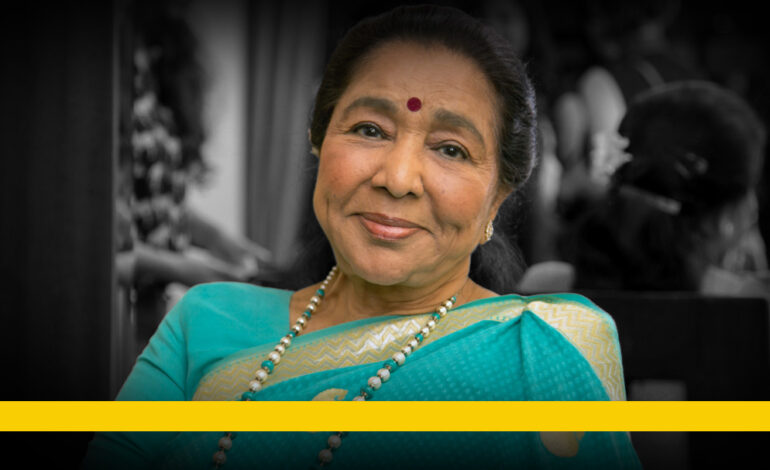
That particular sight, which unfolded at the Narendra Modi Stadium in Ahmedabad during the recently concluded World Cup Final was not related to cricket. India was pitted against Australia in the 50-over final of the tournament. India lost, after giving great hope to an enormous, completely partisan home crowd. Asha Bhosle, a die-hard cricket fan, like her late sister, Lata, was seated between BCCI President Jay Shah and Sharukh Khan, the superstar of Hindi cinema. Videos aired on several television channels showed Sharukh take Ashaji’s empty coffee cup, despite her reluctance, and hand it over to one of the cleaning staff. A viewer remarked, “It was the only heart-warming gesture in the whole match.” It also showed how Asha Bhosle’s charisma cuts through generations and inspires them to acts of gallantry.
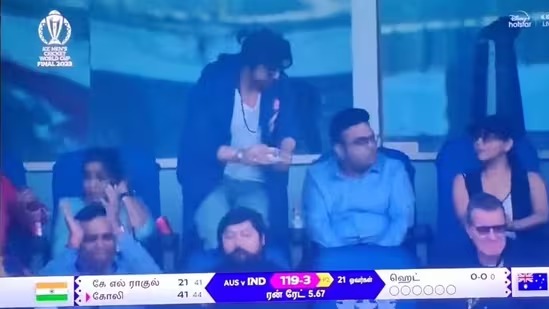
Asha Bhosle, the most charismatic female exponent of the Hindi film song (from the late 1940s to the early 1980s) when it became an independent art form, turned Ninety on 8th September, 2023. She has sung thousands of songs in good, bad and indifferent films, principally in Hindi, where her singing has been the leading attraction. This is indeed high compliment as she has always been compared to her elder sister Lata Mangeshkar, who, in her prime years between the late 1940s to, the early 1980s, was the most tuneful or ‘Sureela’ of all woman singers in Hindi films, or films from any other part of India. Asha, however, won out because of her versatility and the ability to conjure up a wide range of feelings and experiences that belonged to this flesh and blood world.
Her singing at first was not so different from that of her elder sister, a style she adopted or was made to adopt by certain music directors in order to sound like her thin-voiced but extremely mellifluous elder sister Lata. Not until O.P. Nayyar (1926–2007) came along, was she able to find her musical self. He reportedly told Asha, “Tum apni awaaz main gao (sing in your own voice)”. Nayyar saw to it that she did her riyaz (practise) every morning in her natural voice which was distinctly darker than her sister Lata’s and intrinsically sensual. But before O.P. Nayyar came along she had sung two non-film songs that still linger in the memory: “Geet kitni gaa chuki hun is sukhi jag ke liye” and “Ambua ki dari bole….”, both composed by the brilliant, mercurial tabla maestro Nikhil Ghosh.
Strangely enough in 1953, when Lata her elder sister was already famous, Asha was offered three solo songs by a gifted, young composer, Mohammad Zahoor Khan ‘Khayyam’ for Footpath, a film directed by Zia Sarhadi and Starring two powerful young performers, Dilip Kumar and Meena Kumari. It was said that Lata wanted to sing those three solos but young Khayyam stood firm backed by his director. ‘Piya aaja re’, ‘Kaise jadoo dala re’ and ‘So jaa mere pyare’ sung by Asha Bhosle are still remembered along with Talat Mahmood’s immortal “Sham-e-gham ki qasam”.
Soon after the brilliant composer Madan Mohan, a Great Lata fan, got Asha to sing a ghazal written by Jalal Malihabadi, “Saba se yeh keh do” for the film, Bank Manager. Asha’s rendering had both empathy and romance. As a singer she had arrived. But the contracts for solo songs were not that many. Earlier in Sangdil, 1952, a Dilip Kumar—Madhubala starrer, a composer of genuine originality, Sajjad Hussain, had got Asha to sing a duet with Geeta Dutt, an unusual talent. “Dharti se dur gore badalon ke paar aaja”. It was a haunting duet with Asha showing both vocal range and a timbre that could be called tactile. It was a voice destined to stay in the memory of the listener.
It took Asha a fairly long time to establish her identity as a truly fine soloist, despite earning respectable sums of money. Lata held sway over the film music world as a soloist, with her obviously formidable musicality and by sounding like a ‘virgin’. A musical approach that seemed to fit the image of all the leading ladies who were there to shore up the moral quotient of Hindi films and were thus curtailed emotionally, leaving the male leads to indulge in their peccadillos!
It was Nayyar, whose career was in the ascendant who worked hard to project Asha as a solid, reliable soloist. In Shakti Samanta’s Howrah Bridge (1957) he promoted her as the voice of Madhubala, the reigning Queen of Hindi films and its only comedian. in “Aaye meherban”, Asha’s sensual singing picturised on Madhubala in a Cabaret sequence, made her sparkle. Then was the snappy, melodious solo, “Ye kya ker dala tuney” that made the most recalcitrant of cynics respond to the romance in the words and the music. In the same year Nayyar repeated his success with Asha in Nazir Hussain’s Tumsa Nahi Dekha. Her two duets with Mohammad Rafi were instant hits, namely, “Aye hain dur se….”, “Dekho kasam se kasam se”. Around that time, Sachin Dev Burman, created a moving solo for Asha in Bimal Roy’s Sujata, “Kali ghata chaye mora jiya ghabrae” mirroring the longings of an Untouchable orphan girl played by Nutan.
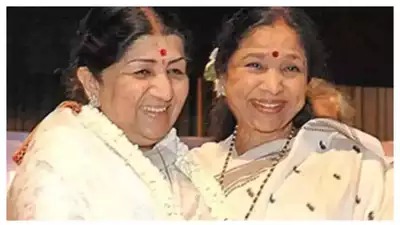
S.D. Burman had a falling out with Lata Mangeshkar, but ego forbade him to give in. Kala Bazar produced by Navketan and directed by Vijay Anand, had Asha singing “Sach hue sapne mere”. No female singer had sung with such abandon in Hindi films before, perhaps because the Heroines, with the notable exception of Madhubala, and Geeta Bali, who died well before their time, were the only two who got roles to also express the sunny side of their personalities.
S.D. Burman got Asha to sing four solos in Narendra Suri’s, Lajwanti “Kuchh Din pehle…”, “Chanda re chup rehna”, “Gaa mere mun tu gaa” and “Koi aaya dhadkan kehti hai”, are all sung with depth and feeling and picturised on Nargis, an exceptional actress. They continue to be played on the Radio and on YouTube, surprising those young listeners who are responsive to the beauty of Indian melodies that enunciate and augment the lyrics that are set to them.
Two other solos recorded almost a decade apart come to mind : ‘’Main jab bhi akeli hoti hun’’ from Dharamputra (1962) composed with elegance and poise by N Dutta, and, ‘’Mein shayad tumhare liye ajnabi hun’’, a haunting melody composed by O P Nayyar for Ye Raat Phir Na Ayegi.
Contemporary composers, to be sure, had been aware of Asha’s potential and the expressive quality of her voice. However, they were not going to challenge the preference of film producers and financiers who were completely taken in by the virginal sweetness of Lata Mangeshkar’s voice and her unassailable technique. Asha would have to prove herself in duets (and did she!) She sang with Kishore Kumar in the Dev Anand—Nutan starrer, Paying Guest. “O deewana Mastana” and “Chod do aanchal zamana kya kahega” spring to mind after all these years with all their freshness and zing.
O.P. Nayyar had an unusual sense of melody, part Punjabi folk and part raga-based in its inspiration: this coupled with his pulsating rhythm section of tabla, dholak and occasionally, western drums, gave to many of his compositions a distinctive personality. Even when he cogged melodies from the West, eg., “Hun abhi mein jawan” sung by Geeta Dutt from Aar Paar that got its mukhda or introduction from “Put the blame on me” from Gilda, a Rita Hayworth hit from Hollywood directed by Charles Vidor. The Antara clearly had Nayyar’s distinctive touch.
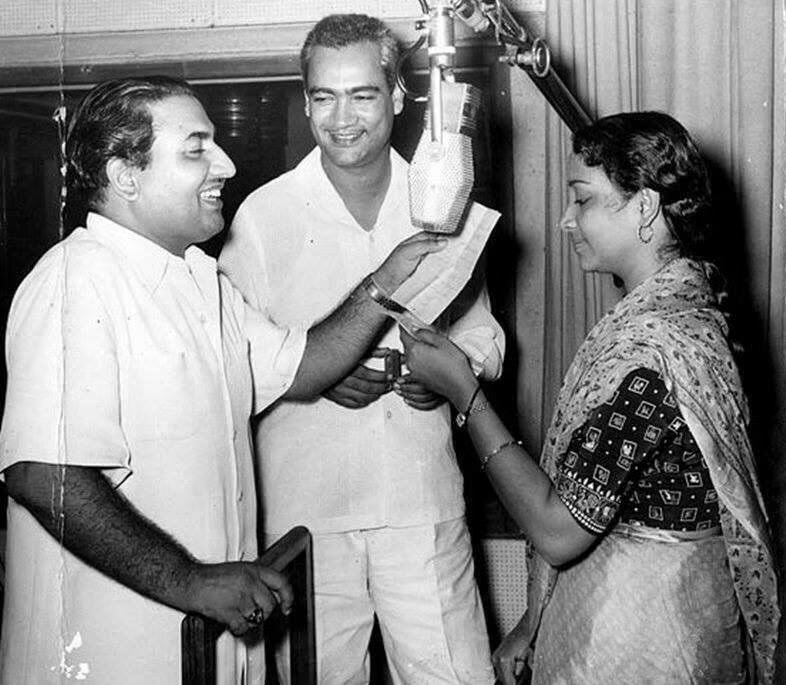
Asha Bhosle, and before her Geeta Dutt, had voices most suitable to his work. Much as he had admired Lata Mangeshkar’s artistry, he found her voice to be too thin for his kind of music. Asha’s voice was very flexible, had a dark, sensual colour and was responsive to lyrics to express many moods and experiences. Nayyar understood perceptively both Asha Bhosle the woman, as well as the singer who brought his compositions to life. Until they parted in amidst much acrimony, they had literally been a perfect pair of lovers for twelve years.
Asha Bhosle, a mother of three, had been unhappily married to a man of uncertain profession, Ganpatrao Bhosle, from 1949 to ’60. He died in 1966, supposedly in a taxi. O.P. Nayyar, had married Saroj Mohini when he was seventeen and she, fifteen. They had four children together. He shot to fame with “Preetam aan milo” that he composed as a teenager and was first recorded by C.H. Atma as a non-film song. On discovering Asha Bhosle, he found his muse, and the perfect female voice for his songs. Their problematic marital status as separate individuals did not prevent them from living together in a beautifully furnished flat on Worli sea-face in Bombay.
When they parted in 1972, they had recorded for the film Pran Jaye Per Vachan Na Jaye, “Chaen se humko kabhi aap ne jeene na diya”. It was a masterly composition rendered by Asha with unfettered emotion, which, in effect, also summed up the cause of their parting. O.P. Nayyar could not find another female voice to replace her and his career faded away rapidly. He observed ruefully later, “I put all my eggs in one basket.” He regretted having side-lined a singular talent like Geeta Dutt. Asha went from success to success over the next three decades and married Rahul Dev Burman, the gifted composer son of S.D. Burman.
This digression was necessary while discussing the life of Asha Bhosle, an unusually gifted singer and a feisty woman who has navigated with unusual grit and skill through all the ups and downs in her turbulent life. For the record her depressive daughter Varsha committed suicide in 2012 and son Hemant, a composer, died of Cancer in 2015 in Scotland. Asha continues to fight on with every fibre of her being.
As late as 2001, when she sang, “Radha kaise na jaley” for A.R. Rehman in Amir Khan’s, Lagaan, Asha had retained the spring, and melody in her voice, which by then had become ever so slightly girlish. She could render fast taans (there are a couple of instances in this song) with ease and accuracy. No mean achievement for a singer in her late sixties.
She is believed to have sung Ten thousand songs in eight hundred films. One can only talk of one’s favourites and there are very many. There are the three from the Ashok Kumar starrer, Kalpana, (composer O.P. Nayyar), namely, “Phir bhi dil heye beqaraar”, “O ji sawan mein bhi… ”, “Beqasi hudh se jab guzar jaye”. Completely different from each other, revealing the amazing malleability of her voice, its unique melody and the sure grasp of evanescent emotion. There is the other haunting song, from Raagini, also composed by O.P. Nayyar, “Chota saa baalma” in Raga Tilang. There are a host of other Nayyar compositions as well.
“Jaaiye aap kahan jaayengi” (Film: Mera Sanam), “Meri nazrein haseen” (Ek Musafir Ek Haseena); ‘’Aaj meiney jana mera dil heye diwani’’ (Farishta), “Aaj koi pyaar se” (Sawan ki Ghata); “Yehi wo jaga heye” (Ye Raat Phir Na Ayegi); “Puchho na hamein hum unke liye”, (Mitti Main Sona), ‘’Aao huzoor tumko sitaron mein le chalun’’ (Kismat), and a song picturised on the ‘bad girl’ in a given film, “Ye heye reshmi zulfon ka andhera na ghabraeye ….” (Mere Sanam).
The duets that she sang for S.D. Burman with Kishore Kumar in Nau Do Gyaara, “Aankhon mein kya jee”, her own solo, “Dhalki jae chunariya…” and the two duets with Mohammad Rafi, “aaja panchi akela heye” and “Kali ke roop mein chali ho dhoop main…” certainly are memorable as are the three from Ek Musafir Ek Haseena: “Main pyaar ka rahi hoon”; “aap yun hi agar humse milte rahe”; “Jawani yaar man turki”, and two others from Kashmir ki Kali—“Isharon isharon mein” and “Deewana hua badal”, both composed by O.P. Nayyar and yet another duet with the marvellous Mohhamad Rafi,’’Phir milogi kabhi…’’ from Ye Raat Phir Na Ayegi,and, much earlier a mesmerising duet from Phagun, ‘’Main soya akhiya meechey’’.
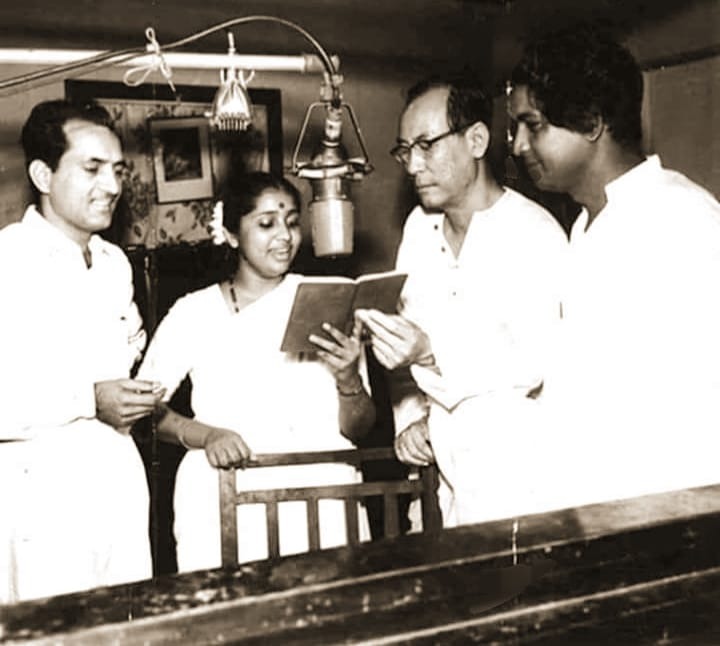
Khayyam is the other composer who brought the best in Asha’s multifarious musical personality. Two duets from Ramesh Sehgal’s Phir Subah Hogi: “Who subah kabhi to aayegi”, and “Yun na keeje meri gustakh nighahi ka gila”, both with Mukesh, have attained immortality. Her solos in Muzzafar Ali’s Umrao Jaan bring out her astonishing vocal range, the flexibility and soz (poignance) in her voice. Her songs for the tawaif (singing courtesan) Umrao in this period piece set in mid-19th century Lucknow, stay in the memory. “Dil cheez kya heye aap meri jaan lijiye”; “justu jiski thi”, “Ye kya jagah heye doston” are amongst the finest songs composed in the annals of the Golden Age of Hindi film music. Asha’s singing fitted Rekha’s vulnerable screen-personality perfectly, just as her elder sister Lata’s did on Meena Kumari playing Sahib Jaan in Kamal Amrohi’s, Pakeeza.
If this article is a shade too subjective, well… it is. While having enormous respect for Lata Mangeshkar’s peerless tonal quality at her peak that lasted for thirty or so years, one could never understand her well-nigh ‘abstract’ handling of emotion in her songs, as if any hint of sensuality in them would disqualify her from being a great artiste. Asha Bhosle’s singing was uninhibited, earthy, intrinsically musical and very much to be felt with one’s entire being. That is why one remains enamoured of Asha Bhosle’s singing.
To receive updates on detailed analysis and in-depth interviews from The AIDEM, join our WhatsApp group. Click Here. To subscribe to us on YouTube, Click Here.


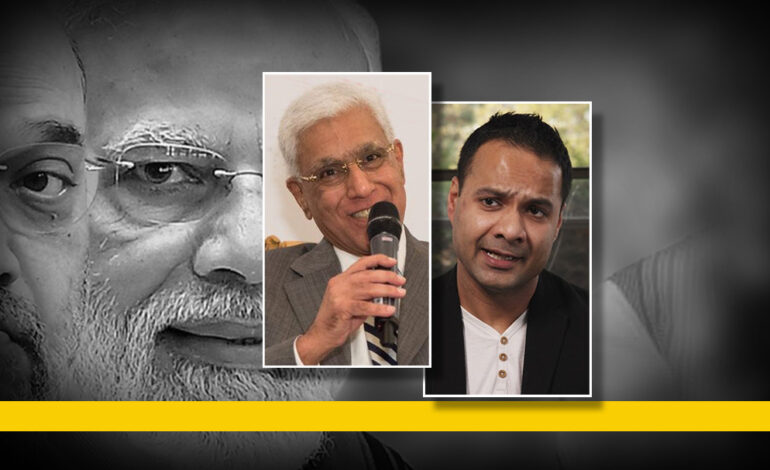
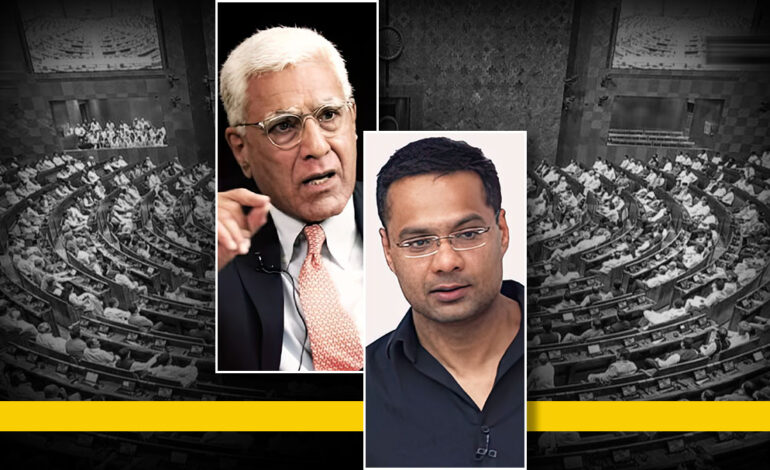
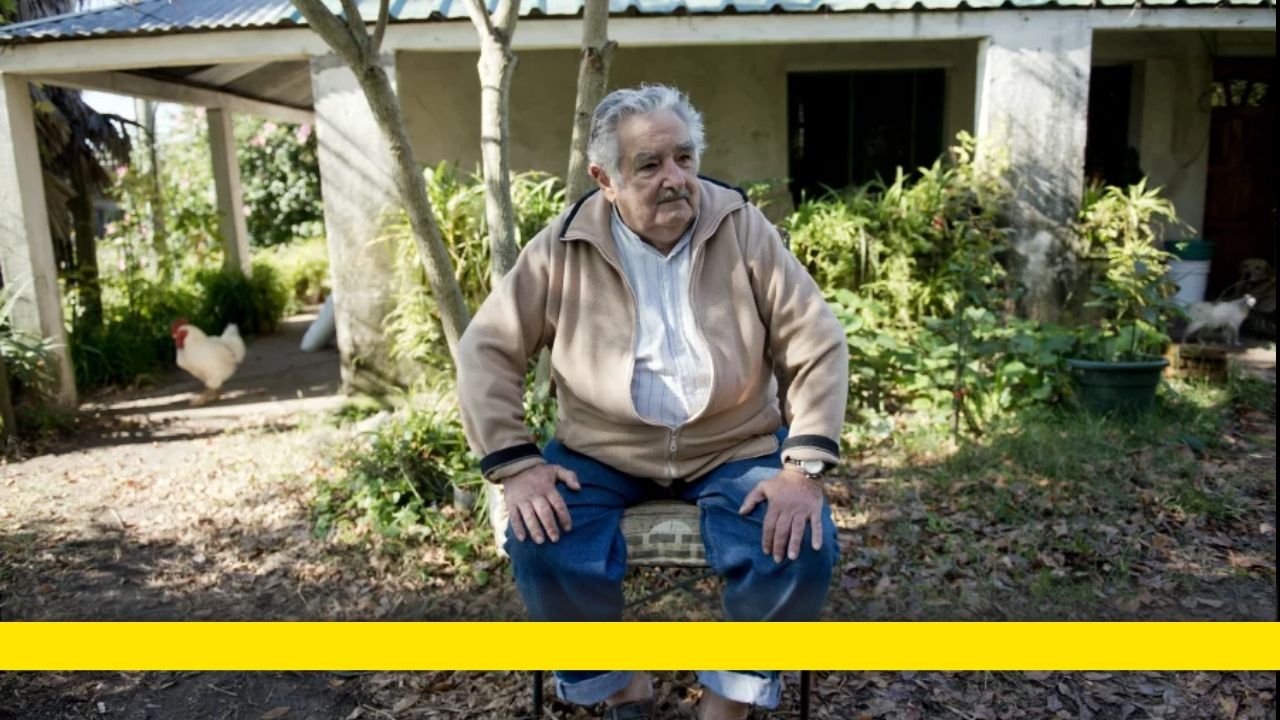
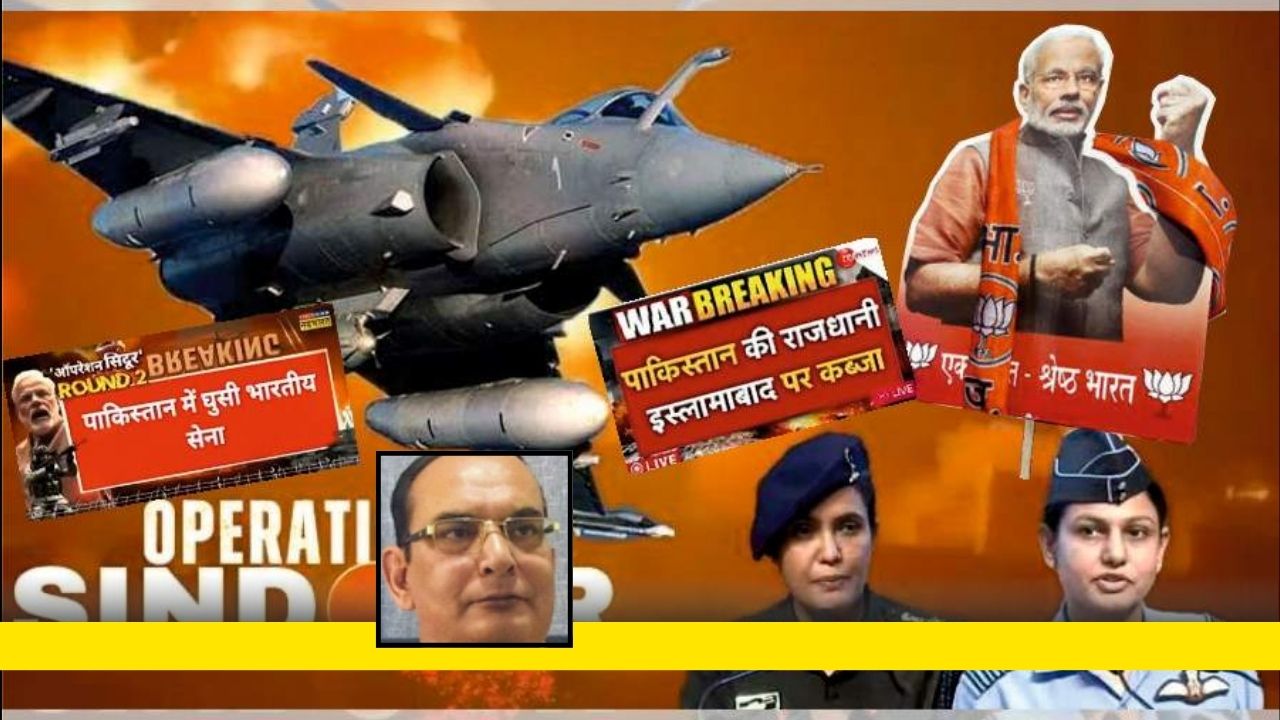






Brought back all those favourite tunes and lines
Indeed a sparkling article .. just like Asha Ji’s sparkling voice and personality 💕💕